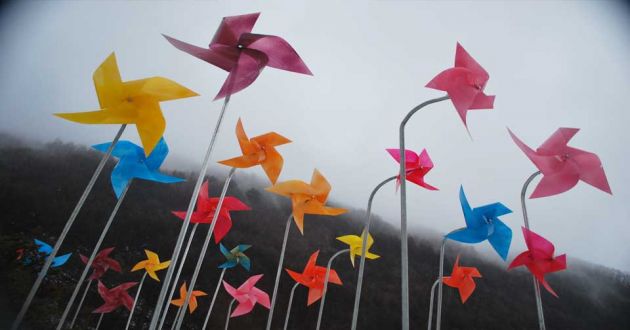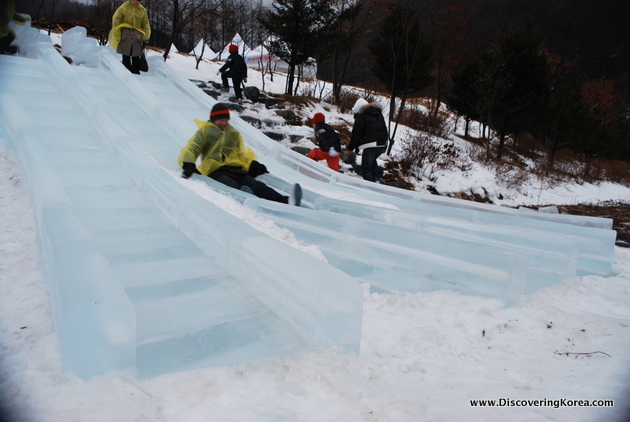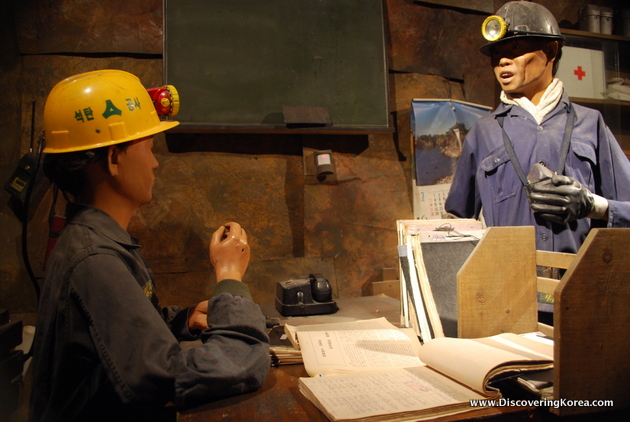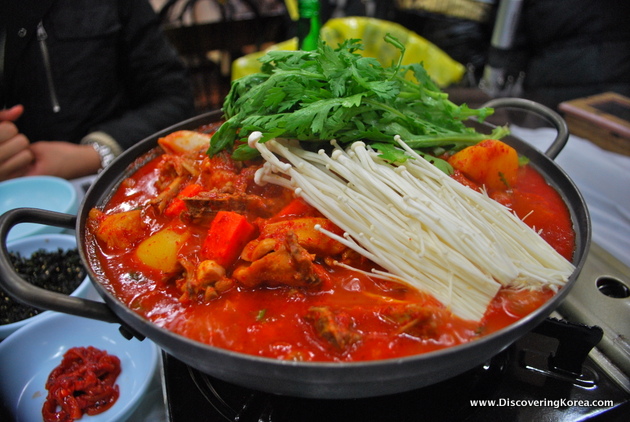The Taebaeksan Snow Festival Korea (태백산눈축제) is one of the nation’s premier winter festivals. The event takes place on Taebaeksan, which means “great white mountain.”

The Gangwon Province peak is famous for its heavy snowfall and is the namesake of the Taebaeksan Mountain Range, which stretches 500 kilometers along Korea’s east coast.
Rising 1,567 meters above sea level, Taebaeksan is also where you’ll find a portrait of Dangun Wanggeom (단군왕검), Korea’s legendary founder, is enshrined here. During the Silla Dynasty, kings performed annual sacrifices on Taebaeksan. In fact, Korean shamanists consider Taebaeksan to be one of the nation’s three holiest peaks.

As I mentioned previously, this “great white mountain” is famous for snow, which is why thousands of people come here annually for the Taebaeksan Snow Festival Korea.
After locating a great tour package, a friend and I decided to check it out for ourselves. The package included roundtrip bus service from Seoul and tickets to the festival and coal museum, all for about $30.
So, that weekend we took advantage of this wintry tribute to snow, ice and everything cold… but when we arrived, there was something important missing… snow! South Korea had hit a warm spell, so while the Taebaeksan Snow Festival Korea wasn’t quite a winter wonderland, there was still plenty of white stuff for festival goers.
The Taebaeksan Snow Festival Korea’s primary draw is its huge snow sculptures of everything from pigs and oxen (or whatever the current Asian zodiac animal happens to be), to a gigantic Spiderman, dragons, cartoon characters and even a traditional Korean city gate.
My favorite sculpture, however, was in honor of Korea’s national sweet potato booze, soju.
Nearby the sculpture park was a big sledding hill as well as ice slides, an ice rink, and an ice sculpture area. Considerably smaller than the snow sculptures, the ice art was a bit more interactive.
A life-sized icehouse featured all the amenities of modern life, complete with an ice bed, computer and television. But to me the ice bathroom took top honors. Imagine an ice sink, toilet and soaking tub with an ice vase of plastic red tulips, of course!
In the evening, well-known entertainers performed on a large concert stage. Reportedly there are even sleigh rides pulled by Siberian huskies… but we didn’t see them.

For a little education along with our snow play, we checked out the impressive Taebaek Coal Museum (태백석탄박물관).
Opened in1997, the four-story complex houses over 8,000 items, including rocks and minerals, dinosaur fossils and mining machines. In addition to presenting the region’s geological history, the museum uses fantastic photographs and exhibits to document the role of coal in South Korea’s industrialization and the difficult lives of miners.

After the museum, however, it was time for lunch. The festival area features several restaurants. The entire Taebaeksan area is famous for beef, but my friend and I were in the mood for a hot and hearty stew, so we ordered some dakbokkeumtang (닭볶음탕).
Big pieces of chicken and potatoes marinated in a thick, spicy and delicious broth. For the full experience, I’d suggest eating… outside! For under $10, you can enjoy delicious grilled pork belly samgyeopsal and soju on rustic waist-high barbecues alongside fellow festival goers!
If you’ve got the time, there are a couple of other nearby sights worth seeing. Specifically, Cheongwonsa (청원사), Yuilsa (유일사) and Baeksansa (백산사) temples. About a half-hour from Taebaeksan is Seondol Cliff (선돌).
The cliff rises 70 meters above what is now a frozen Seogang (River) (서강). The view of the surrounding farms and mountains is definitely worthy of a quick stop.
If you hope to visit the Taebaeksan Snow Festival Korea, it typically occurs in late January to early February.
For Your Information..
| Open: | The festival typically occurs in late January to early February |
| Admission Price: | Ticket prices TBD |
| Address: | Gangwon-do Taebaek-si Taebul-lo 21 |
| Directions: | From Seoul, buses leave Dong Seoul Terminal (Seoul Metro Line 2’s Gangbyeon Station) for Taebaek. The 3.5-hour trip costs ₩21,300-23,000. From Taebaek, take bus 30 or 34 to Donggol ticket office. |
| Phone: | 550-2083 |
| Website: | Official Site |
About Matt Kelley
Matt Kelly is native of the US Pacific Northwest and is half-Korean by ethnicity. He lived in Korea for five years and has written hundreds of travel guides for Wallpaper, TimeOut, the Boston Globe and Seoul Magazine and was a host for several different variety shows on Korean radio and television.
